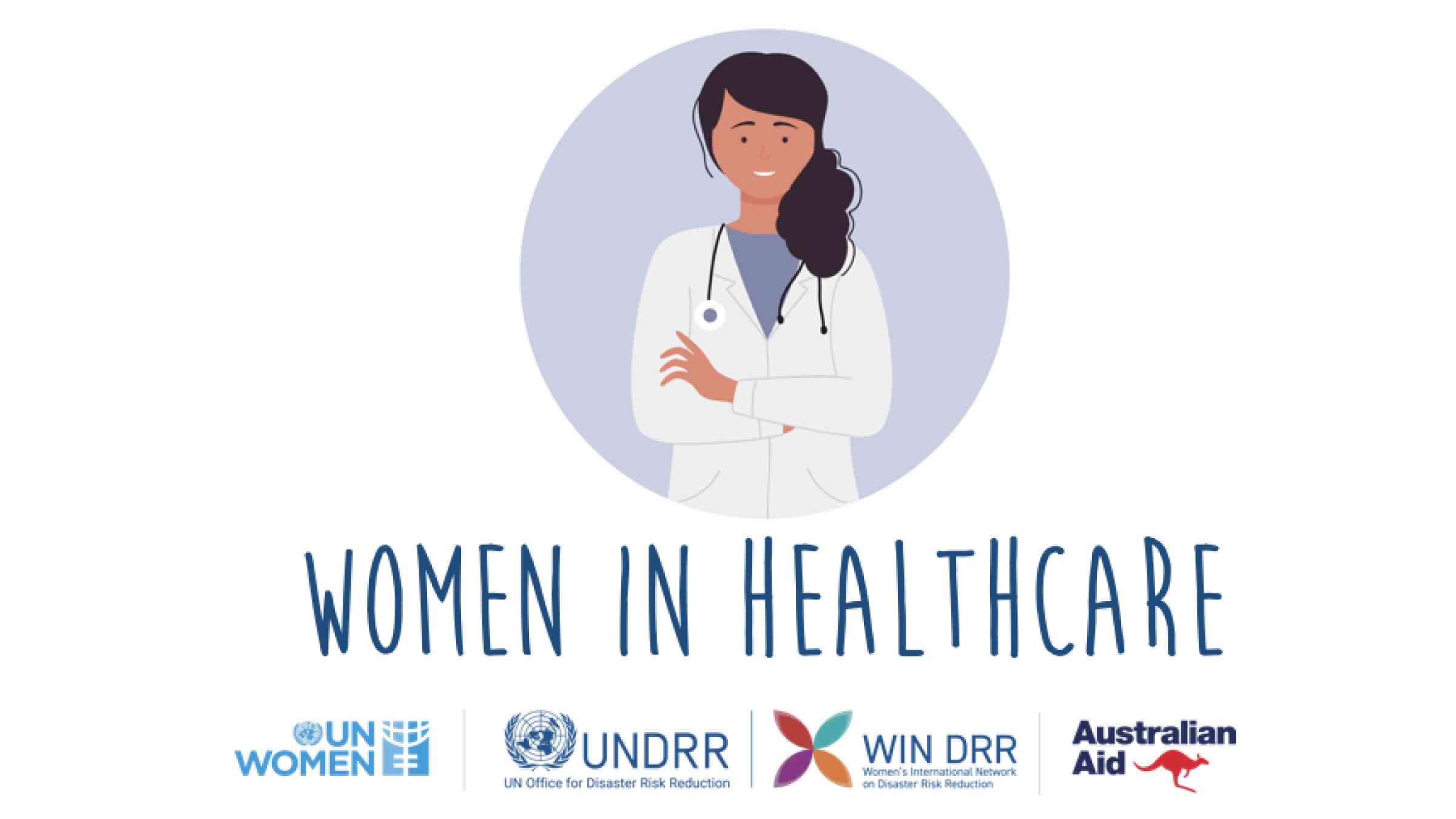Healthcare RCM Services for Efficient Profits Cycle Management
Healthcare RCM Services for Efficient Profits Cycle Management
Blog Article
A Comprehensive Guide on How Medical Care RCM Functions to Improve Invoicing and Collections
Browsing the intricacies of healthcare income cycle monitoring (RCM) is crucial for service providers intending to boost their invoicing and collections procedures. The guide unboxes the ins and outs of RCM, from patient registration to accounts receivable administration, supplying understandings into enhancing each step.
Recognizing Income Cycle Administration
RCM is a critical administrative function that encompasses the whole monetary procedure of individual treatment, from the preliminary visit establishing to the last payment of the balance. It is an intricate procedure designed to determine, accumulate, and take care of the income from the services supplied to individuals.
The RCM procedure starts when a patient timetables a visit and expands via the individual's care trip, including invoicing and collections. A vital objective is to reduce the time between providing a service and obtaining repayment, hence enhancing the company's financial wellness. RCM entails different features such as individual registration, insurance policy confirmation, charge capture, coding, asserts submission, repayment publishing, and managing rejections and allures.
Secret Parts of RCM
In the realm of Income Cycle Monitoring (RCM), comprehending its vital components is fundamental to achieving monetary performance within healthcare organizations. RCM is an extensive procedure that incorporates numerous phases, each critical to ensuring effective billing and collections. The primary components consist of client enrollment, insurance coverage confirmation, charge capture, coding, claim submission, payment posting, and balance due monitoring.

Once coded, insurance claims are submitted to payers, where precision is vital to stay clear of beings rejected or hold-ups - Healthcare RCM. Payment uploading includes videotaping the obtained repayments, which enables the reconciliation of accounts. Lastly, balance dues management focuses on tracking and addressing unsettled insurance claims, making sure timely follow-up and resolution
Each part of RCM is adjoined, and ineffectiveness in any type of part can interrupt the whole cycle. For that reason, grasping these aspects is vital for doctor to optimize revenue and enhance their monetary health and wellness.
Approaches for Effective Billing

Standardizing billing treatments throughout the organization is another essential method. Developing clear standards for paperwork, coding, and entry helps maintain uniformity and compliance with regulatory requirements. Training team on a regular basis on these treatments makes certain every person is current with the newest changes in billing codes and payer plans.
Accurate cost capture is important in stopping revenue leak. Executing routine audits and surveillance systems permits the recognition and adjustment of disparities before they influence income. In addition, preserving open lines of interaction with payers helps to swiftly settle any kind of disagreements or misunderstandings that may develop.

Last but not least, interesting patients early in the billing process by giving clear quotes and educational materials concerning their monetary responsibilities can significantly lower confusion and improve repayment timeliness. These strategies jointly add to a more economically healthy important source and balanced and efficient payment system.
Enhancing Collections Procedures
A durable collections process is crucial for maintaining financial security within medical care companies. Given the intricacies of medical billing and the selection of payer requirements, boosting the collections procedure involves carrying out strategic procedures that ensure exact and prompt settlement of services rendered. Central to this is the usage of modern technology to automate and enhance processes, minimizing hand-operated errors and boosting effectiveness. Automation tools can aid in tracking insurance claim statuses, sending timely suggestions to people, and taking care of rejections better.
Clear and transparent patient interactions are critical. Providing detailed descriptions of charges and supplying adaptable payment strategies can boost individual complete satisfaction and timely repayments.
Normal audits of the collections procedure should be conducted to recognize areas for enhancement and make certain conformity with guidelines. By examining information, medical care companies can determine trends, anticipate potential concerns, and adapt methods accordingly (Healthcare RCM). Eventually, a well-enhanced collections process not just sustains financial wellness but additionally adds to an extra seamless experience for patients and personnel alike
Optimizing Earnings Streams
Building upon the structure of a solid collections procedure, health care companies can additionally reinforce their financial security by tactically enhancing profits streams. This includes a multi-faceted method, starting with an extensive evaluation of existing earnings resources to identify ineffectiveness and locations for development. Utilizing advanced data analytics devices makes it possible for organizations to get insights into payer mix, client demographics, and solution application patterns, permitting for data-driven decisions that enhance income capture.
Implementing automated payment systems can dramatically lower errors and expedite claims refining, making certain that income is collected much more successfully. In addition, enhancing payer agreements via regular settlements can improve reimbursement prices and terms, directly impacting the bottom line. Branching out solution offerings, such as integrating telehealth or health care, can likewise draw in a more comprehensive patient base, therefore boosting income potential.
Another vital part is enhancing website link client engagement and satisfaction, as completely satisfied clients are most likely to adhere to treatment strategies and make timely repayments. Offering adaptable payment choices and transparent billing techniques can improve collections and foster individual commitment. Healthcare RCM. By adopting these approaches, health care companies can create a more resistant monetary structure, making certain continual development and stability in an ever-changing sector landscape
Verdict
In conclusion, healthcare Profits Cycle Administration (RCM) plays a critical role in maximizing invoicing and collections procedures by integrating crucial elements such as client enrollment, insurance coverage verification, charge capture, coding, asserts entry, and accounts receivable monitoring. By employing sophisticated modern technology, systematizing procedures, and fostering client engagement, doctor can dramatically decrease case denials, accelerate payment cycles, and boost money circulation. This comprehensive technique to RCM eventually results in improved financial performance and sustainability for medical care companies.
The RCM process starts when a patient timetables a visit and expands with the patient's care journey, including billing and collections.One more essential component is improving person engagement and contentment, as completely satisfied patients are more most likely to stick to therapy plans and make timely settlements. Offering versatile payment choices and transparent billing methods can improve collections and foster individual commitment.In final thought, medical care Earnings Cycle Management (RCM) plays a vital role in maximizing billing and collections procedures by incorporating crucial components such as client check here enrollment, insurance policy verification, cost capture, coding, asserts submission, and accounts receivable monitoring. By using sophisticated innovation, systematizing treatments, and fostering person engagement, health care providers can dramatically decrease case denials, speed up settlement cycles, and improve cash flow.
Report this page